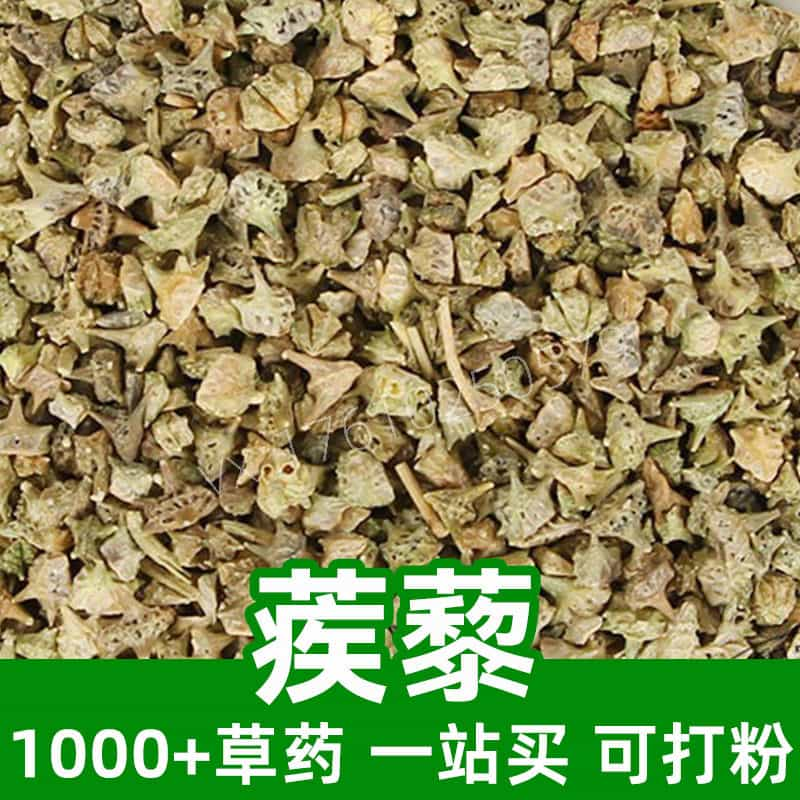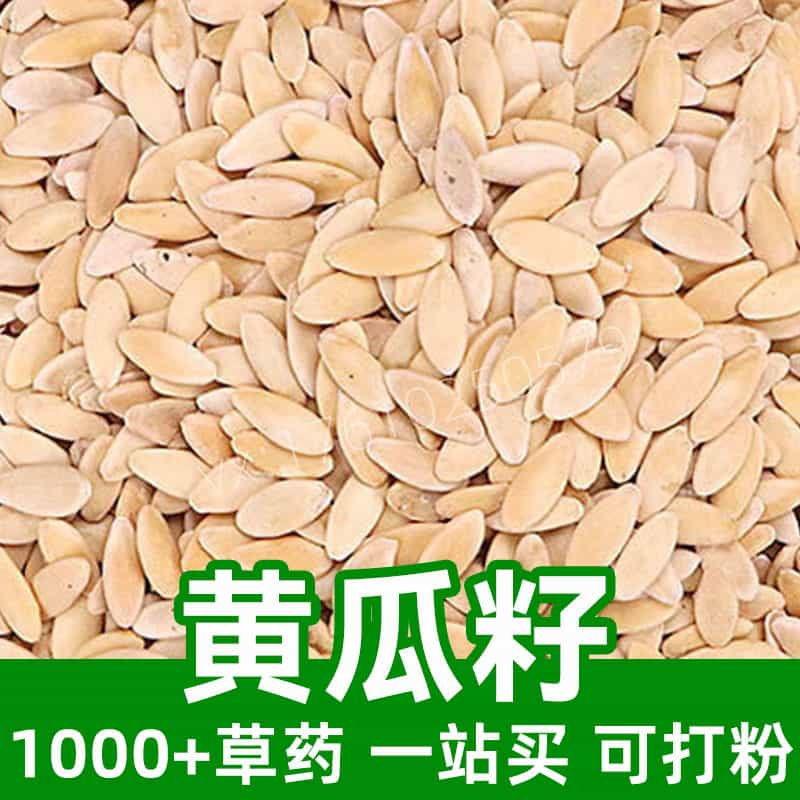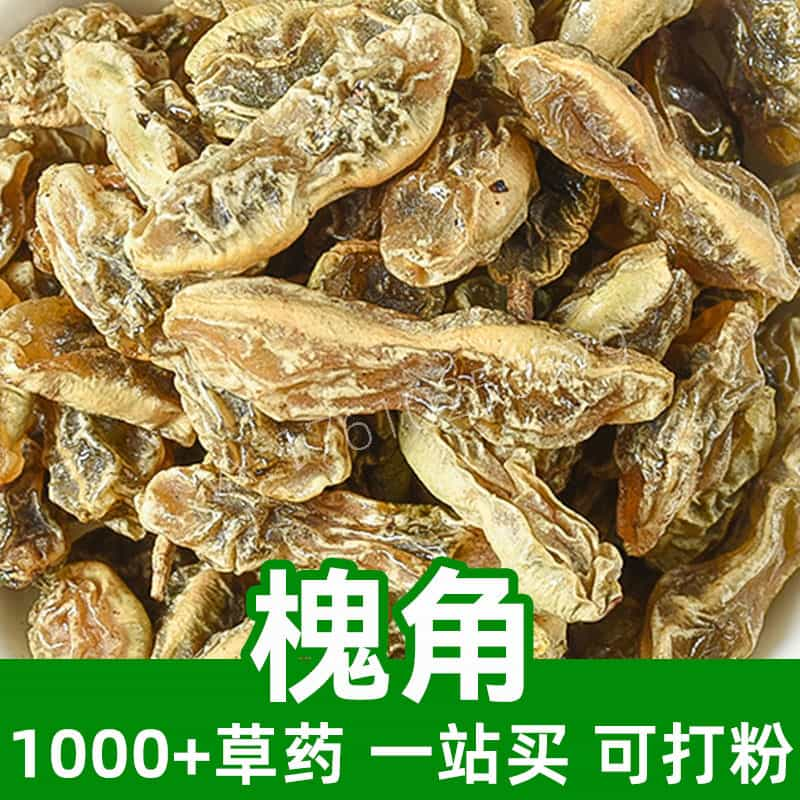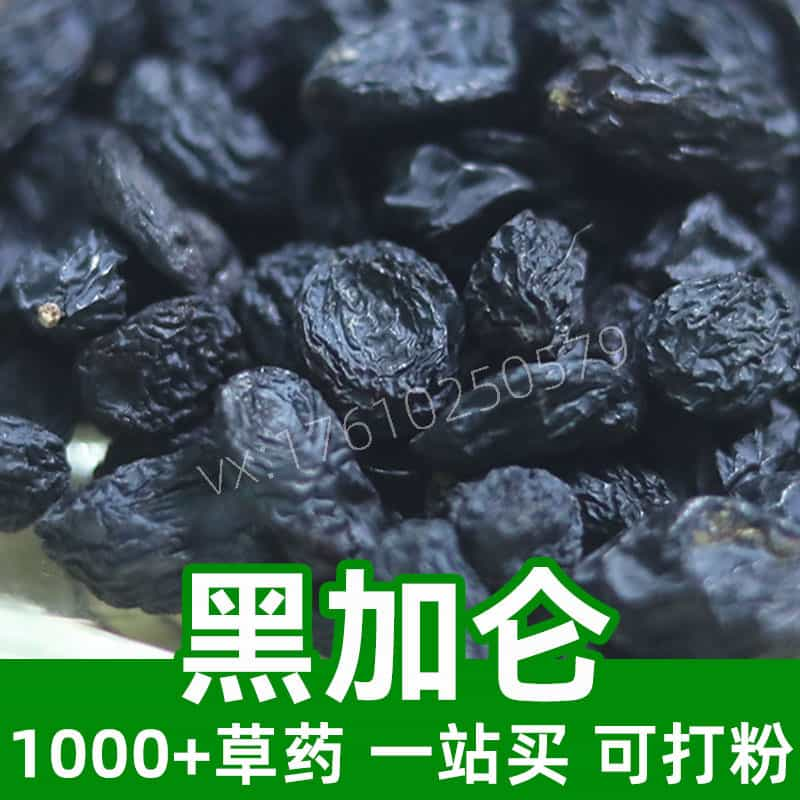Product Introduction
Coltsfoot flower, known scientifically as Tussilago farfara, is a perennial herb belonging to the Asteraceae family that has been utilized in traditional herbal medicine for centuries. The bright yellow flowers bloom in early spring, before the large, heart-shaped leaves develop. This herb is particularly notable for its soothing properties, which can be attributed to its unique composition of mucilage and flavonoids. Coltsfoot has a rich history in European herbal traditions, particularly in the treatment of respiratory discomforts. The entire plant, including both flowers and leaves, can be harvested and dried for use in various preparations.
Primarily, coltsfoot is recognized for its applications in teas, syrups, and herbal extracts. Beyond its traditional use, modern herbalists continue to explore its benefits, which include providing comfort during episodes of throat irritation. With its origins in wet, temperate climates across Europe and parts of Asia, coltsfoot is often found inhabiting disturbed sites, giving it availability in both wild crafting and cultivated forms.
Due to its active compounds, coltsfoot flower is also gaining attention in contemporary herbal practices. It serves not only as an ingredient in soothing herbal preparations but also carries historical significance across various cultures. Whether utilized in teas or tinctures, coltsfoot flower remains a cherished component of traditional herbal formulations.
Main Active Ingredients
Coltsfoot flower is rich in several active compounds that contribute to its traditional uses and potential benefits. One of the primary active ingredients is flavonoids, particularly rutinoside, which are believed to possess various health-promoting properties, including antioxidant effects. These compounds may help to protect cells from damage caused by free radicals, contributing to overall well-being.
Mucilage, another significant component found in coltsfoot, is a gelatinous substance that retains moisture and can provide soothing effects when ingested. This makes coltsfoot particularly beneficial in addressing throat discomforts, as the mucilage may help coat and soothe irritated tissues.
The herb also contains saponins, which are known for their ability to promote expectoration and may support respiratory health by helping to clear mucus. This property makes coltsfoot a traditional favorite during times of seasonal discomfort in the respiratory system, enhancing the ease of breathing.
Additionally, essential oils in coltsfoot, such as camphor and menthol, contribute to its aromatic profile and can provide antifungal and antibacterial benefits, which are conducive in preparations meant for respiratory comfort.
Overall, the combination of these active ingredients in coltsfoot flower encourages its ongoing use in herbal medicine, making it a valuable resource in the herbalist’s toolkit. Its action on the body’s systems, particularly the respiratory system, is a key area of interest, further validating its traditional use.
Product Application Scenarios, Usage, and Dosage
In traditional Chinese medicine and herbal practices, coltsfoot flower is celebrated for its ability to support throat comfort and respiratory health. It is typically consumed in the form of herbal teas, tinctures, or syrups. Each of these preparations takes advantage of the soothing properties of the flower, providing a comfortable experience during seasonal changes or instances of throat irritation.
Tea Preparation: To make a traditional coltsfoot tea, dried coltsfoot flowers can be steeped in hot water for about 10-15 minutes. It is recommended to consume this tea 1-3 times a day, depending on individual needs for support. Sweetening with honey can enhance flavor and additional throat-soothing properties.
Tincture Use: A tincture is another common method of consumption, typically made by soaking the dried flowers in alcohol or vegetable glycerin. A standard dosage is about 20-30 drops taken 2-3 times daily, but it is essential to adhere to guidelines provided by a qualified herbalist for specific recommendations related to individual health factors.
Syrups: Coltsfoot syrup, often combined with other throat-soothing herbs, is a traditional remedy that can be taken by adults and children alike, though potential dosage for children should be carefully gauged based on age and weight.
Best practices include consulting with a professional herbalist or healthcare provider when considering the incorporation of coltsfoot into a routine, especially for those who are pregnant, nursing, or have existing health conditions. With its longstanding reputation in herbal medicine, coltsfoot flower remains an enduring remedy for a variety of traditional applications.
Introduction to the Source Plant, Distribution, and Growth Environment
Coltsfoot flower originates from Tussilago farfara, a perennial herbaceous plant that is widely distributed across Europe, Asia, and North America. It predominantly thrives in temperate climates and favors damp, disturbed environments, making it a common sight in riverbanks, meadows, and areas affected by human activity. Coltsfoot is often one of the first plants to bloom in spring, emerging with its striking yellow flower heads before leaves appear, signifying its resilience and adaptability.
The plant is characterized by its broad, heart-shaped leaves that can grow to substantial sizes, sometimes exceeding a foot in length. These leaves develop after flowering, taking advantage of the sunlight available in early spring before the canopy of trees fully develops. In many regions, coltsfoot can be found growing wild, often in places where the soil is rich and damp, contributing to its common name derived from its supposed resemblance to a horse’s foot.
Coltsfoot is often cultivated in herb gardens, not only for its unique floral characteristics but also for its herbal applications. While primarily harvested for medicinal purposes, its bright yellow flowers also attract various pollinators, adding aesthetic and ecological value to its surroundings. The plant’s resilience in various environments provides herbal practitioners with a reliable source of coltsfoot, serving as both a herbal remedy and a part of agricultural biodiversity.
In essence, the coltsfoot flower stands as both an interesting botanical specimen and a vital part of traditional herbal practices, reflecting the inherent connection between plant ecology and human usage in herbal medicine.
Harvesting, Processing, and Storage
The harvesting of coltsfoot flower is a careful process that aims to preserve its active constituents. Coltsfoot typically flowers in early spring, which is the ideal time for collection. During this period, the bright yellow flowers are gathered just before or when they are in full bloom. It is advisable to avoid harvesting flowers that show signs of wilting or decay, as these may not possess the same potency or effectiveness.
Once harvested, the flowers should be quickly dried to prevent spoilage. Drying can be accomplished by spreading the flowers out in a thin layer on a clean, dry surface away from direct sunlight, or by using a dehydrator at low temperatures. Properly dried flowers retain their active compounds and can be stored for extended periods. It's crucial to ensure that the flowers are completely dried to reduce the risk of mold growth during storage.
For processing, dried coltsfoot flowers can be used in various forms such as teas, tinctures, or extracts. In these preparations, it is important to use glass or non-reactive containers to avoid chemical leaching from plastic or metal.
Storage is crucial for maintaining the efficacy of coltsfoot flowers. Once dried, the flowers should be placed in airtight containers, such as glass jars, and stored in a cool, dark place, preferably away from direct light and humidity. Under these optimal conditions, dried coltsfoot flower can retain its quality for up to one year.
For those who prepare their own tinctures or syrups, storage guidelines should also be followed. Evidence of spoilage, whether through unusual odor or color changes, warrants immediate disposal of the preparation.
By adhering to these harvesting, processing, and storage practices, herbalists and enthusiasts can ensure the integrity of coltsfoot flower as they incorporate it into their traditional medicine practices.
Monica Sun is a seasoned expert in the natural raw materials industry, with over a decade of experience specializing in traditional Chinese medicinal herbs, spices, and fungi. She is skilled in the sourcing, processing, and application of these materials, emphasizing sustainability and innovation. Monica Sun has contributed to the development of high-quality natural raw materials that serve as essential components in functional foods, pharmaceuticals, and cosmetics, delivering tailored solutions to meet diverse market needs.















